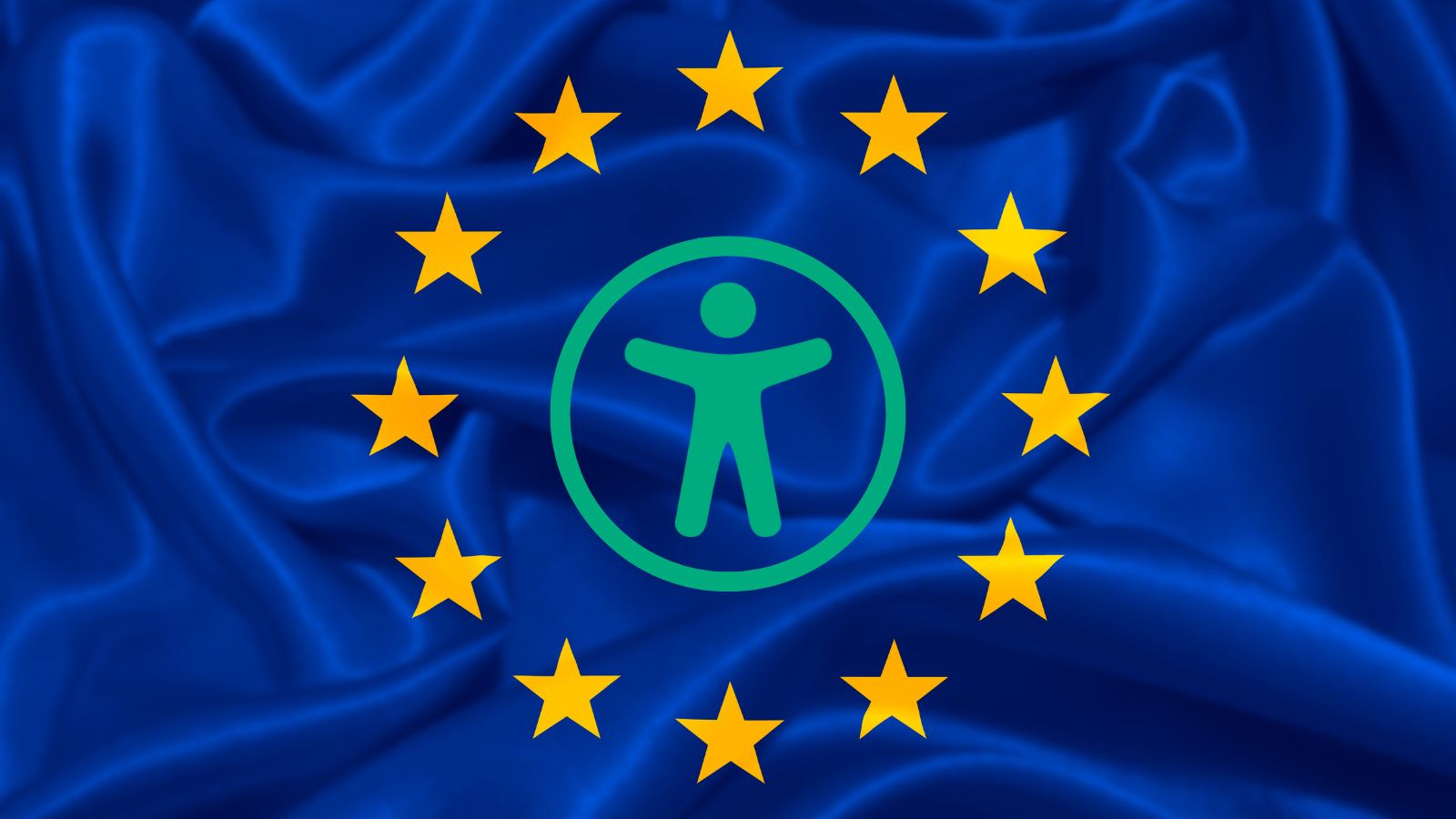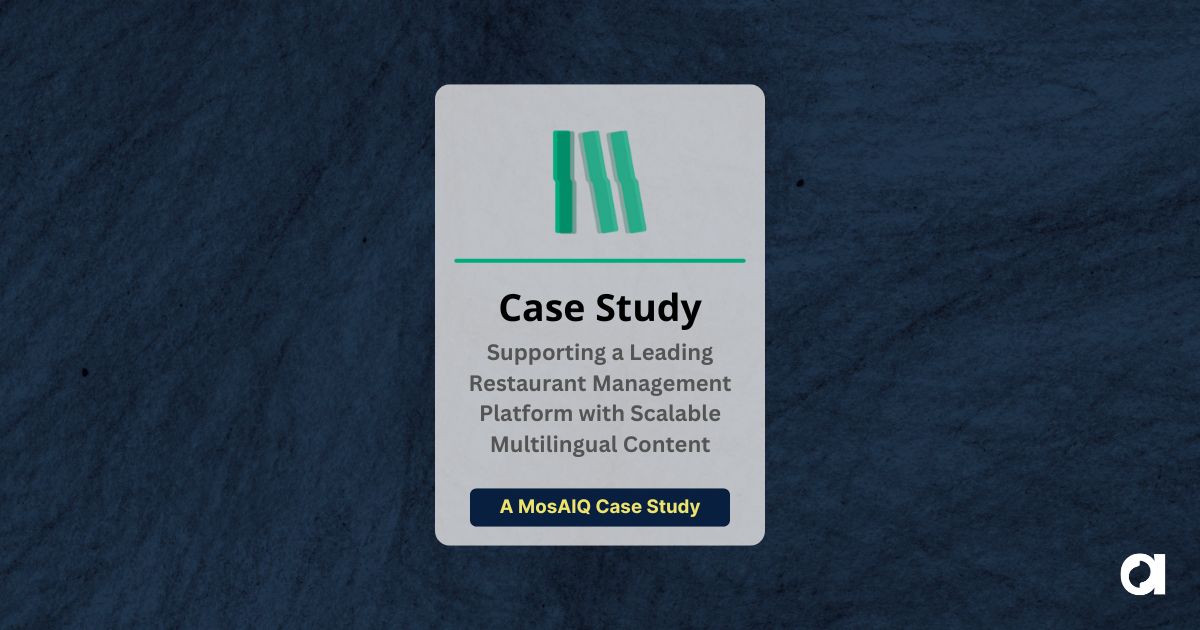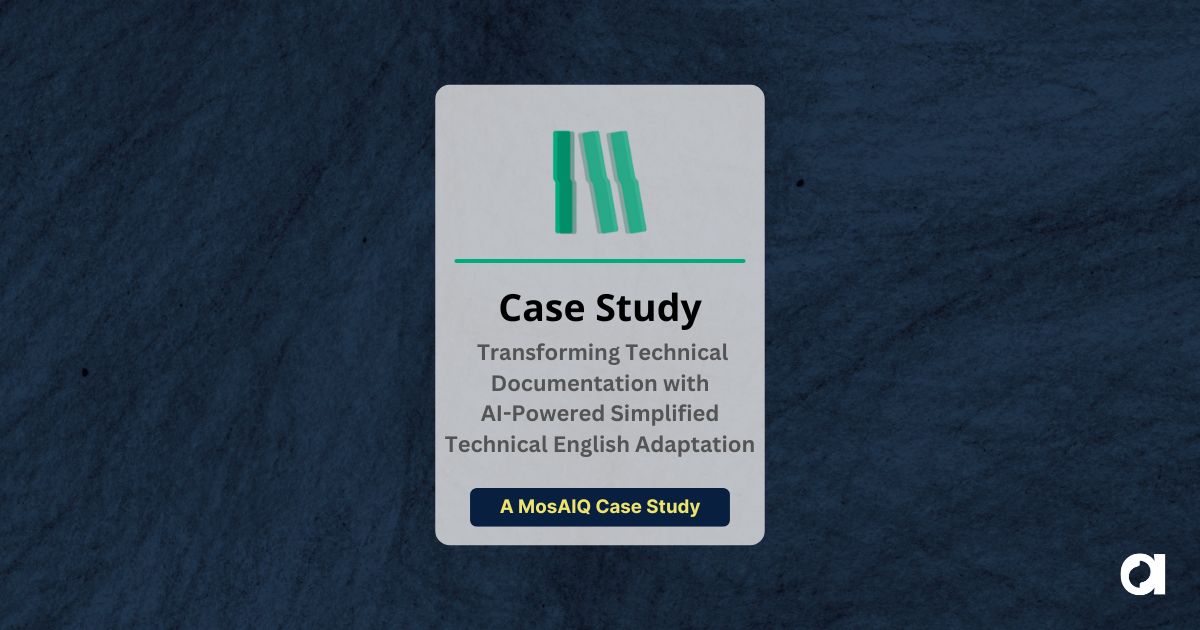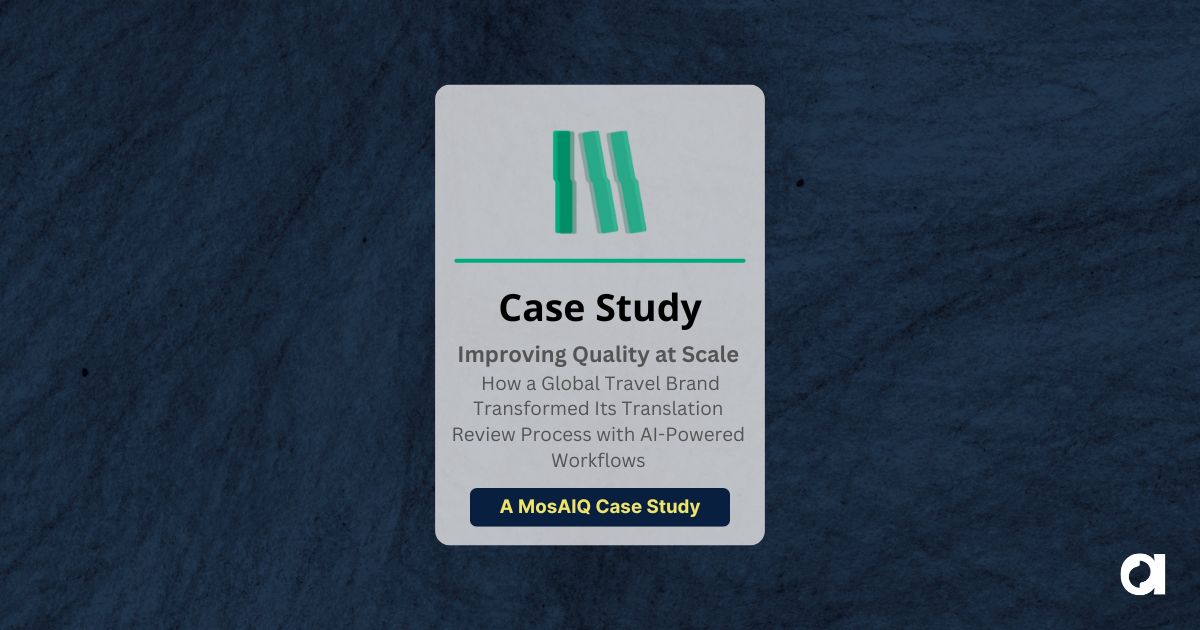Digital accessibility enables everyone, including people with disabilities, to use digital content and services. This involves designing and developing digital platforms that are functional and easily available to people with various disabilities, such as visual, auditory, physical, speech, cognitive, and neurological impairments. Emphasizing usability promotes inclusivity and improves the overall user experience.
The European Union introduced the EU Accessibility Act (EAA) to standardize relevant requirements across member states. The EAA aims to eliminate barriers caused by differing national rules, facilitating easier business operations across the EU while ensuring inclusivity. The Act covers a wide range of products and services, including websites, mobile applications, ATMs, e-books, and consumer banking services.
Language services help companies comply with EAA requirements. To make digital content user friendly and available in multiple languages, businesses must adapt their content using technical elements like semantic HTML and ARIA landmarks. These coding practices enhance accessibility for assistive technologies, such as screen readers.
By integrating language services into their compliance strategies, businesses can meet the EAA’s requirements and create inclusive digital experiences for all users.
How the EU Accessibility Act Affects Content Requirements
The EAA establishes new standards for digital content in Europe, mandating that websites, apps, and online services be user friendly for everyone, including those with disabilities. For businesses in the EU — or companies who want to sell products there — this law means rethinking how to create digital experiences to ensure they work for all users, regardless of ability.
Scope of the Act
The EAA covers a wide range of products and services. The primary areas covered by the Act include:
- Websites and mobile applications: Digital platforms such as websites and mobile apps must be accessible to users with disabilities. This means adhering to guidelines that make the content perceivable, operable, understandable, and robust.
- ATMs and self-service terminals: This includes devices like ticketing machines and interactive kiosks. These terminals must be operable by people with disabilities, ensuring they can independently use these services.
- E-books and e-readers: Digital reading materials must be accessible, providing options such as text-to-speech and adjustable text sizes to cater to users with visual impairments.
- Consumer banking services: Online banking platforms need to be inclusive, ensuring that all customers, regardless of their disabilities, can manage their finances without barriers.
Requirements for Compliance
To meet the EAA’s standards, businesses must adhere to specific requirements:
- EN 301 549: This European Standard outlines the accessibility requirements for ICT products and services, providing a comprehensive framework for businesses to follow.
- WCAG 2.1: The Web Content Accessibility Guidelines (WCAG) 2.1 are a set of guidelines for making web content more accessible. Compliance with Level A and AA criteria of WCAG 2.1 is essential for ensuring that digital content is open to people with disabilities.
These requirements include ensuring error identification and suggestions for user input, providing clear and consistent navigation mechanisms, and making content adaptable to various devices and screen sizes.
Exemptions
The EAA does recognize that some businesses and content types may face difficulties in meeting these requirements, and therefore includes certain exemptions:
- Microenterprises: Businesses with fewer than ten employees and an annual turnover or balance sheet total not exceeding €2 million are exempt from the Act’s requirements. This helps to alleviate the burden on very small businesses.
- Specific content types: Certain types of content, such as time-based media published before the Act’s implementation and online maps (provided essential information is accessible), are also exempt from the EAA’s requirements.
Why the Stakes Are So High
Failure to comply with the EAA can result in significant penalties, including fines and legal action. Each member state is responsible for enforcing the EAA and determining the penalties for non-compliance. These penalties can vary widely but are designed to be effective, proportionate, and dissuasive. Fines can range from a few thousand euros to substantial amounts depending on the severity of non-compliance and its impact on users with disabilities. Additionally, businesses may face legal actions and be required to make corrective changes to their digital products and services.
By understanding the impact of the EAA and taking proactive steps to ensure compliance, businesses in these sectors can avoid penalties and contribute to a more inclusive digital environment. Regular audits, updates, and staff training are essential components of a comprehensive accessibility strategy, and we’ll talk more about these tactics in our next blog.
What Multilingual Adaptation Means for EAA Compliance
To comply with the EAA, businesses must ensure that their digital content is clear, concise, and easily navigable for users with disabilities. Language service partners can assist you with translations and create a localization strategy to meet these needs. This involves several key practices:
- Cultural and linguistic adaptation: Ensuring that translations are culturally appropriate and linguistically accurate, which helps in maintaining the original meaning and availability of the content.
- Technical translation: Incorporating usability features into the translated content, such as proper formatting and coding practices that make the content usable with assistive technologies.
- Compliance with standards: Making sure that translations meet international accessibility standards, such as WCAG 2.1, which are essential for ensuring that content is accessible to users with disabilities.
Countdown to Compliance: Key Dates and Action Steps
The EU Accessibility Act sets a clear timeline for businesses to achieve compliance, with June 28, 2025 marked as the deadline. By this date, all covered products and services must meet the EAA’s accessibility requirements.
While the EAA doesn’t offer general extensions, it does provide some breathing room. Service providers can continue using products that were lawfully in use before June 28, 2025 until June 28, 2030. This five-year grace period allows for a gradual phase-out of non-compliant products. Additionally, self-service terminals lawfully used before June 28, 2025 may remain in operation until the end of their economically useful life, but no longer than 20 years after their initial use.
These provisions aim to balance accessibility needs with practical business realities. However, companies shouldn’t view them as reasons to delay their compliance efforts. The clock is ticking, and the time to act is now.
To stay well within deadlines, businesses should start by conducting comprehensive digital accessibility audits and developing alignment strategies. Next comes implementing any needed changes to digital platforms and initiating staff training on accessibility principles. As the deadline approaches, companies should continue implementation, conduct regular progress assessments, and refine their practices.
In the final stretch leading up to June 2025, businesses should thoroughly test implemented features, address any remaining compliance issues, and prepare documentation demonstrating their efforts.
In our upcoming articles, we’ll talk more about sector-specific benefits from embracing the EAA, provide actionable tips and best practices, explore common mistakes to avoid in achieving digital accessibility, and discuss the impact of the EAA on desktop publishing services. Stay tuned to learn how to navigate these new requirements and optimize your digital presence.
Just remember, accessibility is an ongoing process. By starting early and following a structured approach, it is possible to comfortably meet all EAA requirements by the deadline.
Partner with Argos Multilingual
Taking your first steps toward compliance with the EU Accessibility Act? Argos Multilingual offers expert language services to make your digital content accessible and compliant. We understand the EAA’s requirements and deadlines, and our team will ensure your products and services meet accessibility standards across all languages.
For help creating inclusive digital experiences that comply with the EAA and reach all your users, contact Argos Multilingual today.
 Argos Multilingual
7 min. read
Argos Multilingual
7 min. read
The EU Accessibility Act (EAA) represents a significant step toward creating an inclusive digital environment across Europe by setting standardized accessibility requirements for digital products and services. It also underscores the European Union’s commitment to ensuring that everyone, regardless of physical or cognitive abilities, has equal access to digital content and tools. The act applies […]

 Argos Multilingual
6 min. read
Argos Multilingual
6 min. read
We’ve been talking about using AI Neural Machine Translation (NMT) more in the Life Sciences sector for a long time now, and for good reason. Advances in AI Neural MT have turned it into a reliable tool over time, capable of handling the complex and sensitive nature of medical and scientific content. It’s not just […]











